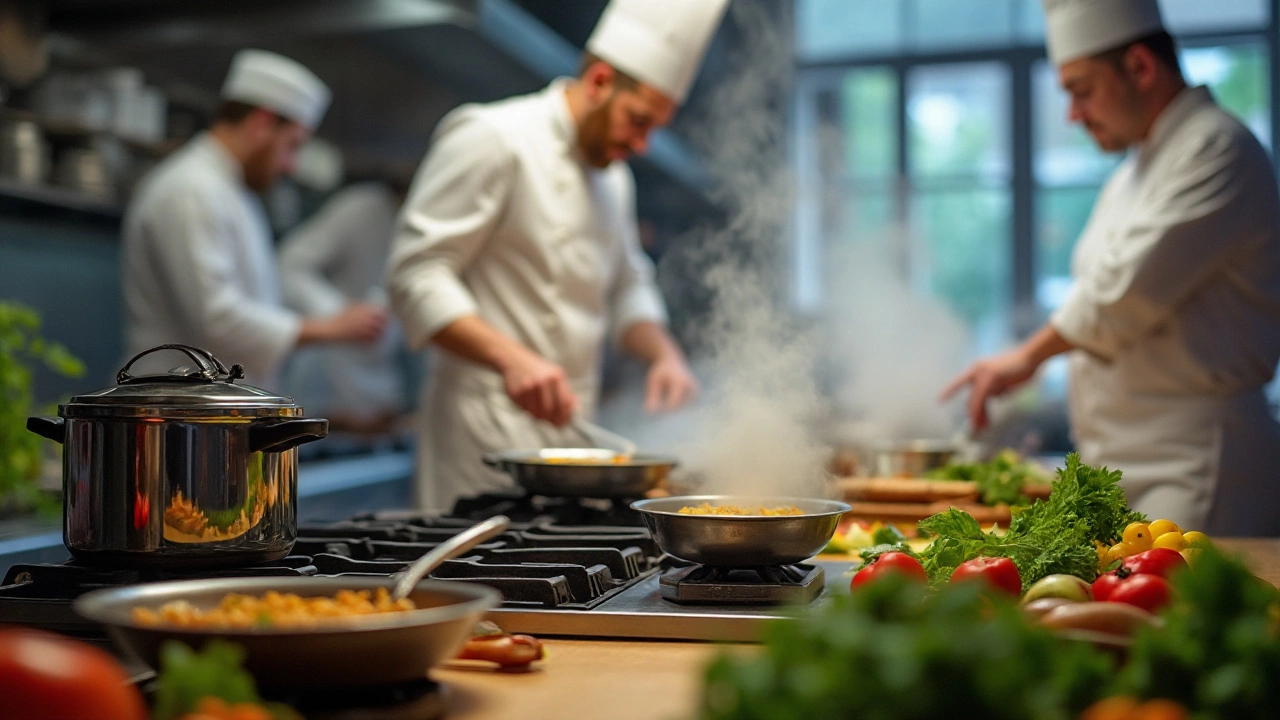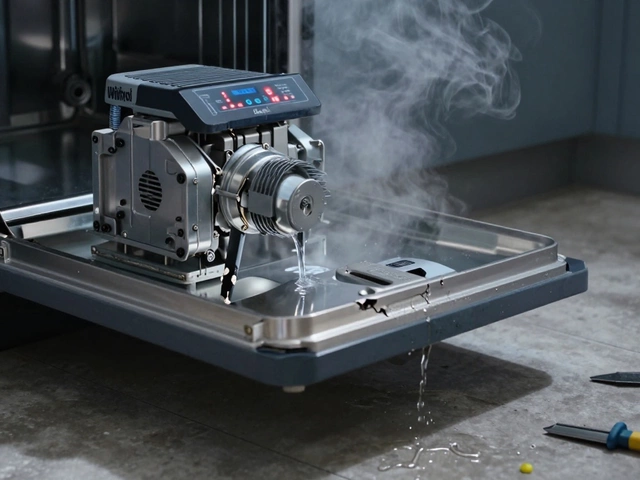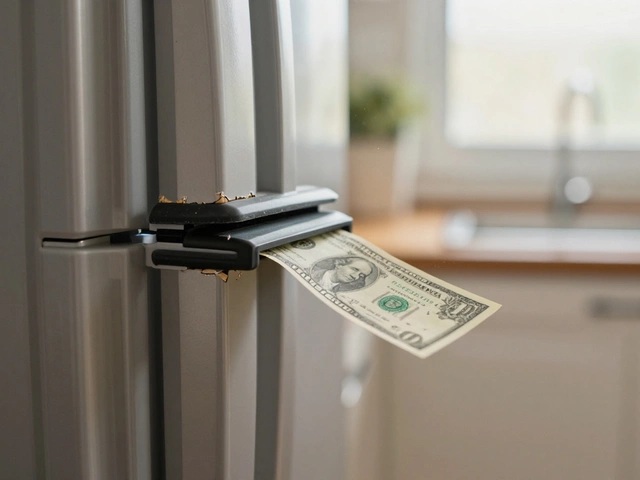Pressure Cookers – What You Need to Know
If you want meals that are fast, tasty, and budget‑friendly, a pressure cooker can be a game changer. It cooks food under high steam pressure, which means soups, stews, beans, and even desserts finish in a fraction of the usual time. The best part? It uses less energy because the cooking time is short. Below you’ll find the basics, safety pointers, and how to pick the right model for your kitchen.
How to Use a Pressure Cooker Safely
Safety is the first rule with any pressure cooker. Here’s a simple step‑by‑step routine you can follow every time you cook:
- Check the seal. Make sure the rubber gasket is clean, flexible, and sits correctly in the lid. A cracked or warped seal can cause steam to escape.
- Add the right amount of liquid. Most pressure cookers need at least 1 cup of water or broth. Without enough liquid, the cooker can overheat and trigger the safety valve.
- Don’t overfill. Fill the pot no more than two‑thirds full for most foods, and only half full for foods that expand, like rice or beans.
- Lock the lid properly. Twist or push the lid until you hear the click that tells you it’s sealed. If the lid won’t lock, double‑check the gasket and the locking ring.
- Set the pressure. Most modern cookers have a pressure selector. Choose low pressure for delicate foods and high pressure for tougher cuts of meat.
- Watch the timer. When the cooker reaches pressure, start counting down. When the time’s up, use either a natural release (let it sit) or a quick release (open the valve) depending on the recipe.
- Release pressure safely. Keep your hands away from the steam vent. Use a tool or oven mitts if you need to open the valve.
Following these steps cuts down the chance of accidents and lets you enjoy the speed of pressure cooking without worry.
Choosing the Right Pressure Cooker
Not all pressure cookers are built the same. Here are the main things to think about before you buy:
- Size. A 3‑quart cooker is perfect for a single person or a couple. A 6‑quart model works well for families. Bigger isn’t always better; a too‑large pot can waste space and take longer to reach pressure.
- Material. Stainless steel is durable and doesn’t react with food. Aluminum heats up faster but can warp over time. Choose what feels right for your cooking style.
- Power source. Electric models have preset programs and are great for beginners. Stovetop models give you more control over heat levels and often cost less.
- Safety features. Look for an automatic pressure release valve, a locking lid, and a built‑in safety lock. These tricks keep the cooker from opening under pressure.
- Ease of cleaning. Removable gaskets and dishwasher‑safe parts make cleanup a breeze. If you hate scrubbing, this is a must‑have.
Read a few user reviews to see how real people feel about durability and performance. A good pressure cooker will last years if you care for it.
Once you have your cooker, keep the gasket clean, check the pressure valve for blockages, and replace the seal every couple of years. With a little upkeep, you’ll keep enjoying fast, flavorful meals without any hiccups.
Ready to give it a try? Grab a simple recipe – maybe a chicken stew or some beans – and follow the steps above. You’ll be surprised how quickly dinner comes together, and you’ll have more time for the things you love.
Why Most Chefs Prefer Traditional Cooking Methods: The Pressure Cooker Debate
- Alden Wilder
- Dec 4 2024
- 0 Comments
Many chefs avoid using pressure cookers in their professional kitchens despite the convenience they offer at home. This article explores the reasons behind this choice, touching on the desire for control, risk of overcooking, and loss of texture. It delves into the rich tradition of slow cooking and savoring flavors, providing insights and tips for those considering introducing pressure cookers into a culinary setting. Understanding these perspectives can help home cooks make informed decisions about their own cooking practices.
View More




